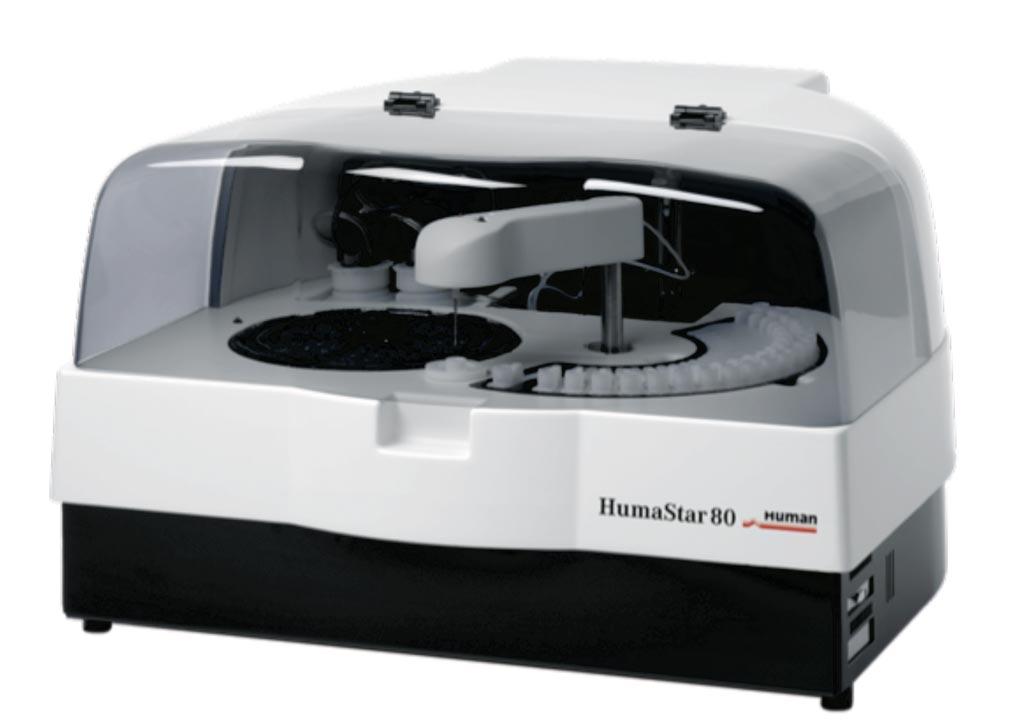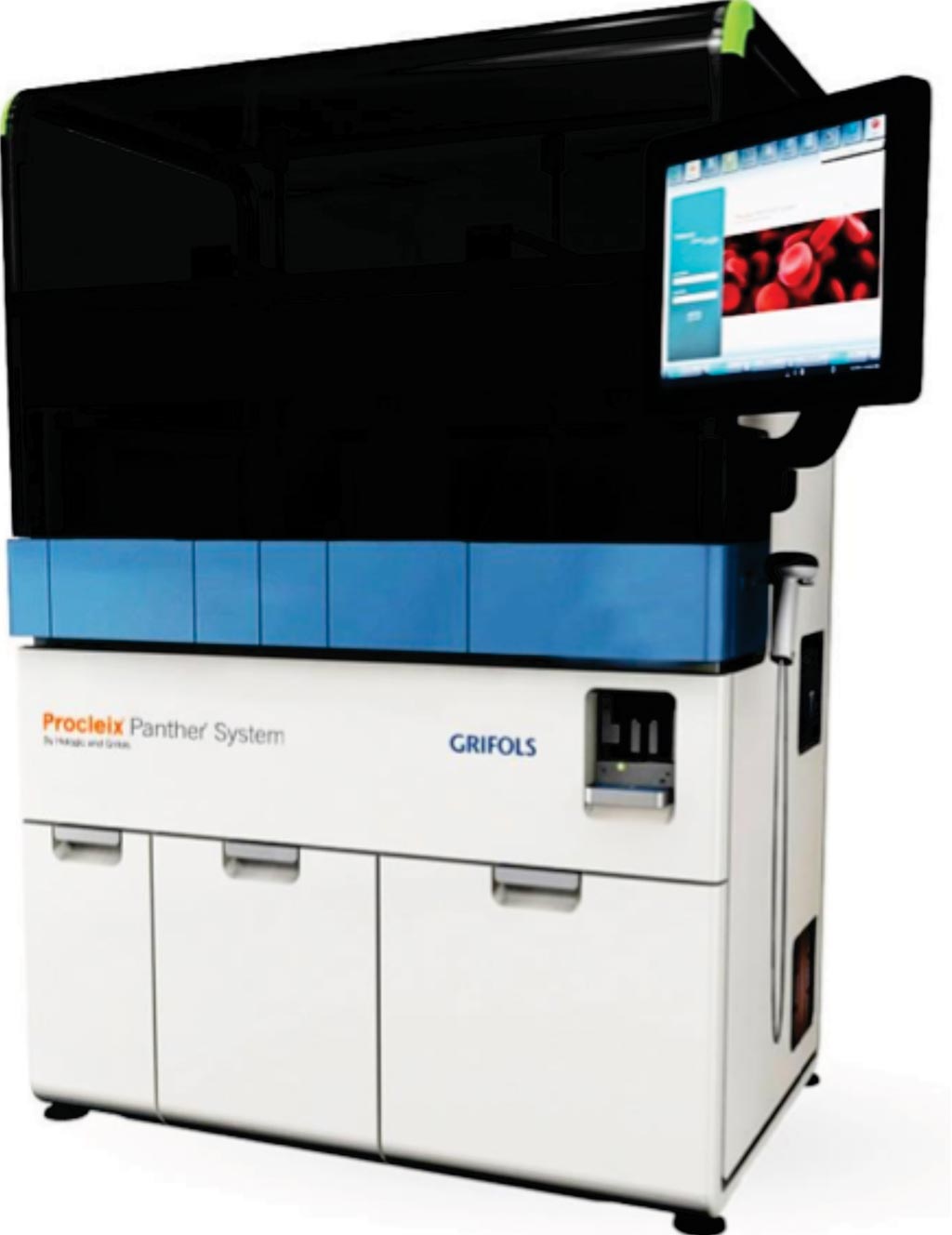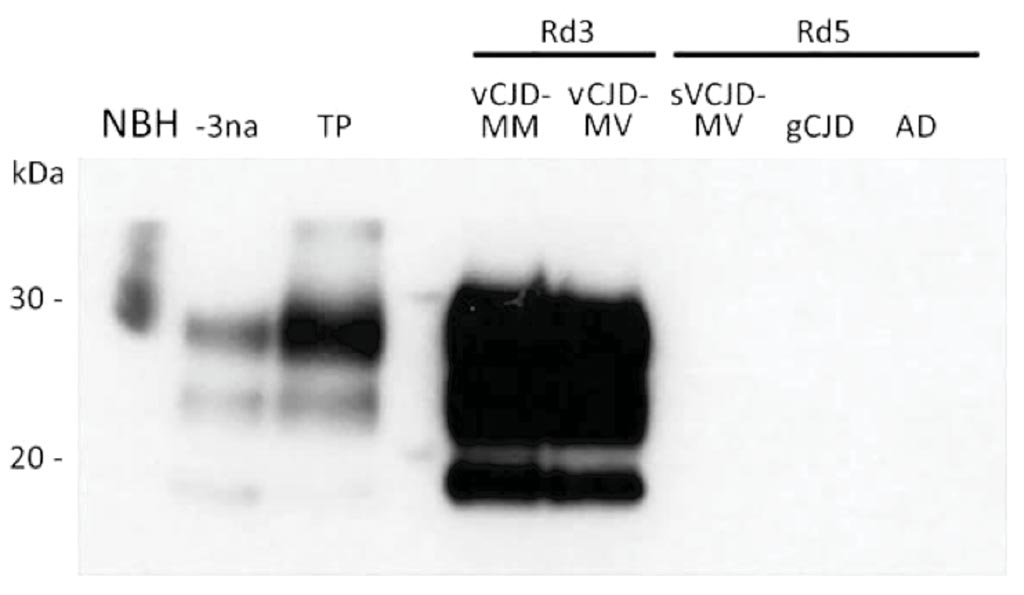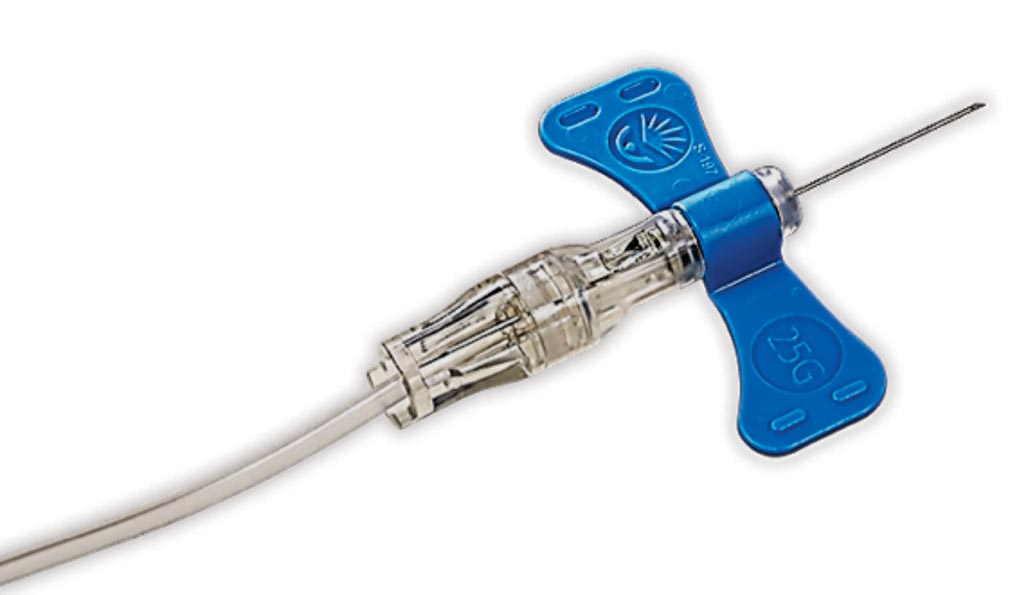Hematology

FDA Recommends Pooled Blood Testing of Zika Screening
The US Food and Drug Administration said today that it has revised its recommendations for testing blood donations for the Zika virus. In a revised final guidance, the agency said that pooled testing of donations using a screening test that it has licensed is a sufficient method for complying with its testing regulations and effectively reducing the risk of Zika virus transmission. More...17 Jul 2018


Two Viral Blood Screening Assays Get FDA Clearance
A global producer of plasma-derived medicines and a developer of diagnostic solutions announced today that it has received approval from the U.S. Food & Drug Administration (FDA, Silver Springs, MD, USA; www.fda.gov) for two blood screening assays. More...11 Jul 2018

Variant CJD Diagnosed by Protein Misfolding Amplification
Variant Creutzfeldt-Jakob disease (vCJD) is a neurodegenerative infectious disease caused by transmission of a cattle prion disease (bovine spongiform encephalopathy) to humans. Most vCJD cases have occurred in the United Kingdom, where an estimated 1 in 2,000 persons is potentially asymptomatically infected. More...06 Jul 2018
Testing Device Integrates Robotic Phlebotomy with Sample Processing
Diagnostic blood testing is the most commonly performed clinical procedure in the world and influences the majority of medical decisions made in hospital and laboratory settings. However, manual blood draw success rates are dependent on clinician skill and patient physiology. More...20 Jun 2018

Novel Device Contributes to Positive Phlebotomy Experience
Phlebotomy is a necessary procedure that may be a source of pain, stress and anxiety for some patients. While smaller gauge needles are known to lessen patient discomfort, they are often associated with increases in hemolysis or longer tube fill times. More...30 May 2018

In Other News
Sequencing Enables Precise Match for Blood Transfusions
Blood Type Linked to Severity of Diarrhea
Early Sepsis Indicator Alerts Emergency Department Clinicians
Molecular Tests Equivalent to Bone Marrow Analysis for MM
Chip-Based Blood Test Developed for Multiple Myeloma
Smartphone Microscopes Transformed into Lab Devices
Flow Cytometry Technique Assessed for Signaling Pathways
Chronic Fatigue Syndrome Linked to Thyroid Levels
Unusual Blood Clots Characterized in Leprosy Patients
Flow Cytometry Detects Myelodysplasia in Peripheral Blood
Telomere Length Test Influences Treatment Decisions
Multiple Myeloma Risk Genes Revealed
Blood Test Helps Identify CV Patients Most at Risk
Residual Disease in Leukemia Patients Identified by ddPCR
New Blood Draw Device Evaluated For Hemolysis
Tumor Suppressor Gene Variants Identified for Leukemia Patients
Parental Screening Can Prevent Hydrops Fetalis in Fetus
Drug Causes Missed Diagnosis of Protein S Deficiency
Digital PCR Test Monitors CML Therapy Response
Biomarker of Kidney Disease Identified in Sickle Cell Anemia
Multiple Myeloma Survival Associated with Enzyme Levels
Harvesting Method Produces Superior Transplantation Stem Cells
Eosinophilic Biomarker Found for Aggressive IBD
The Hematology channel at LabMedica covers the all aspect of plasma, coagulation, transfusion medicine, and blood banking, as well as related lab tools and techniques.










